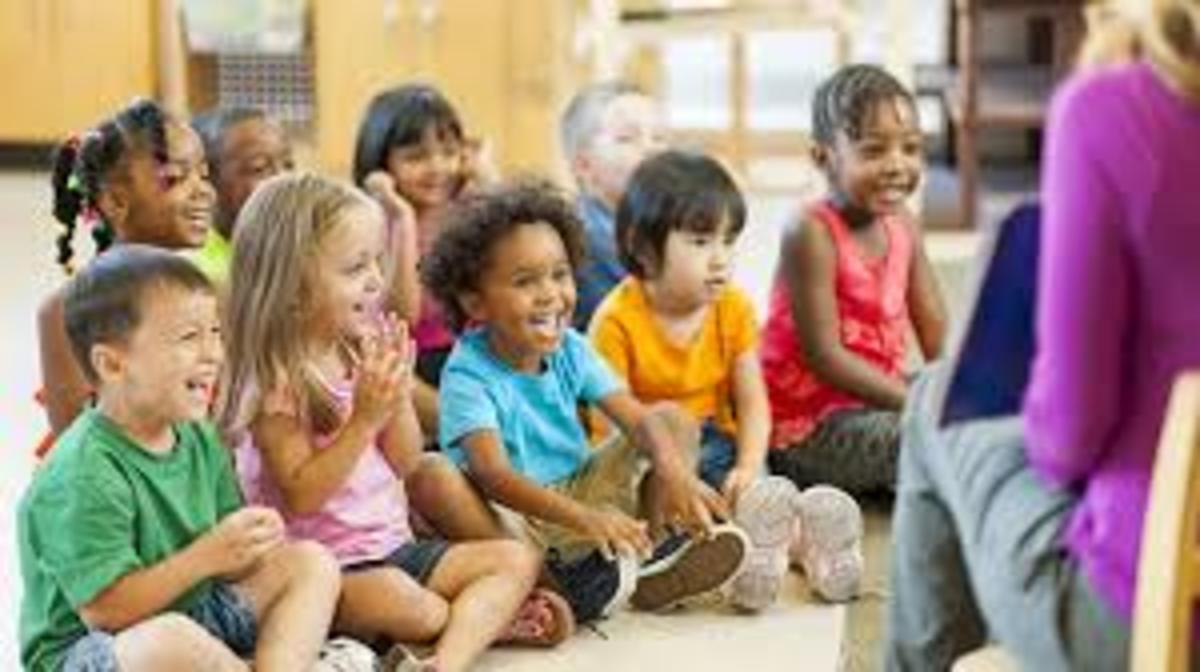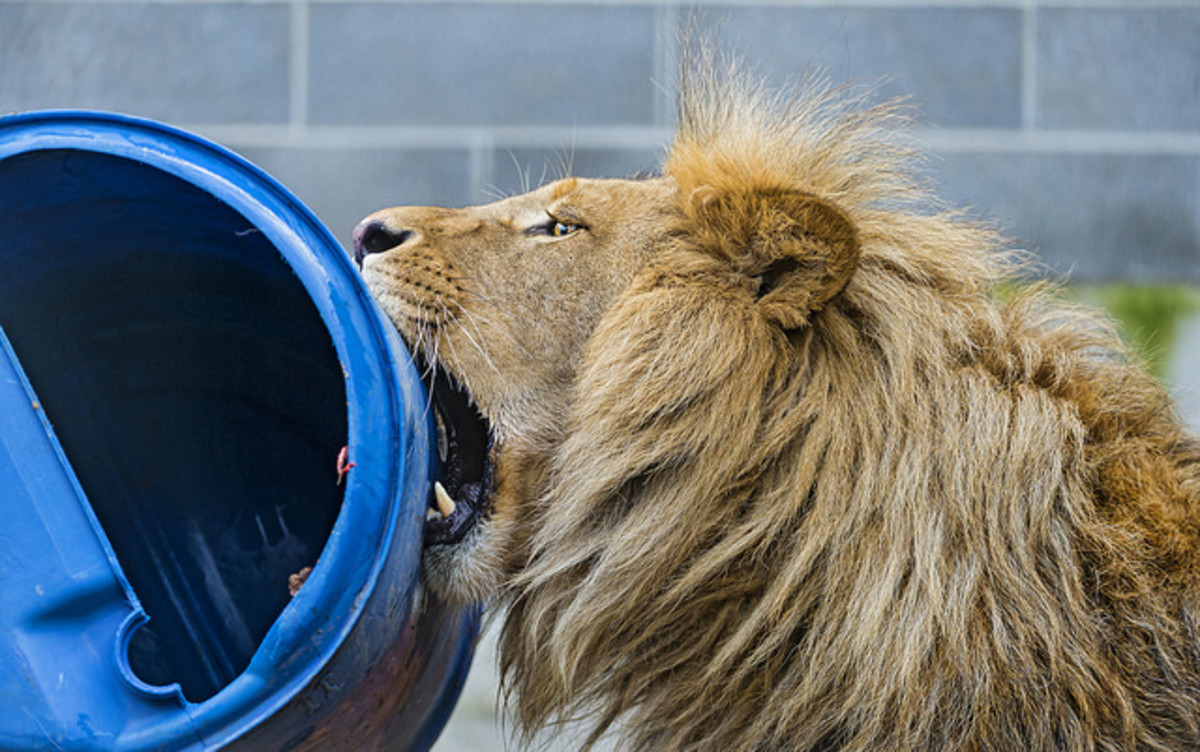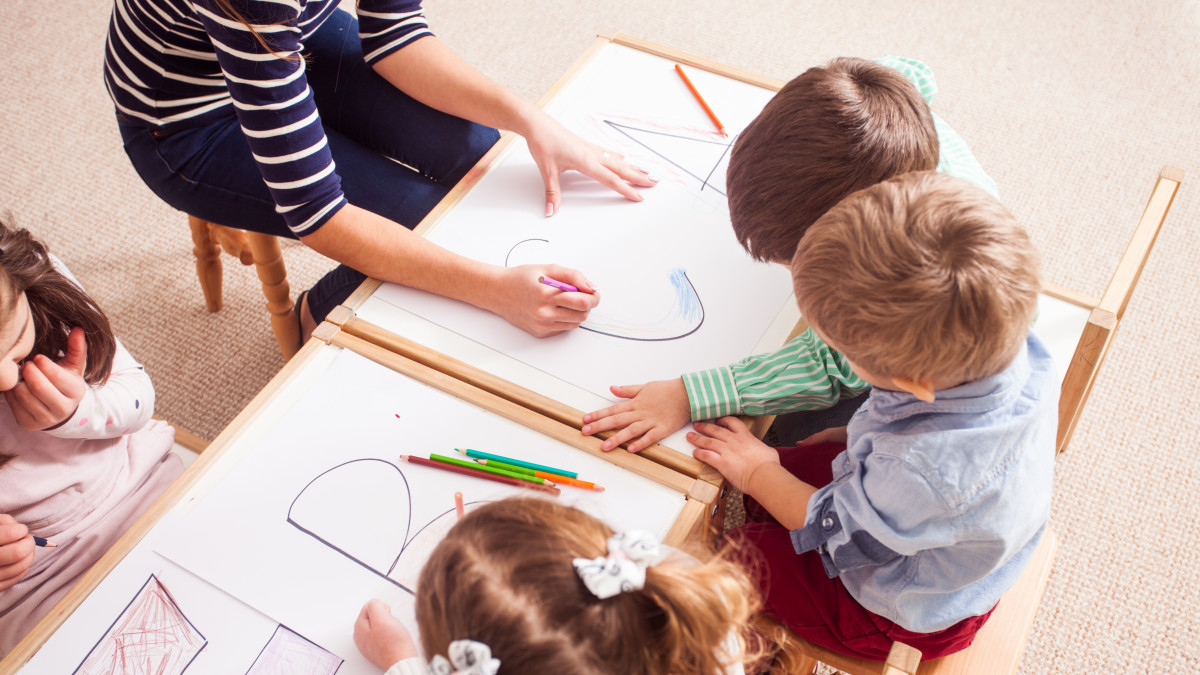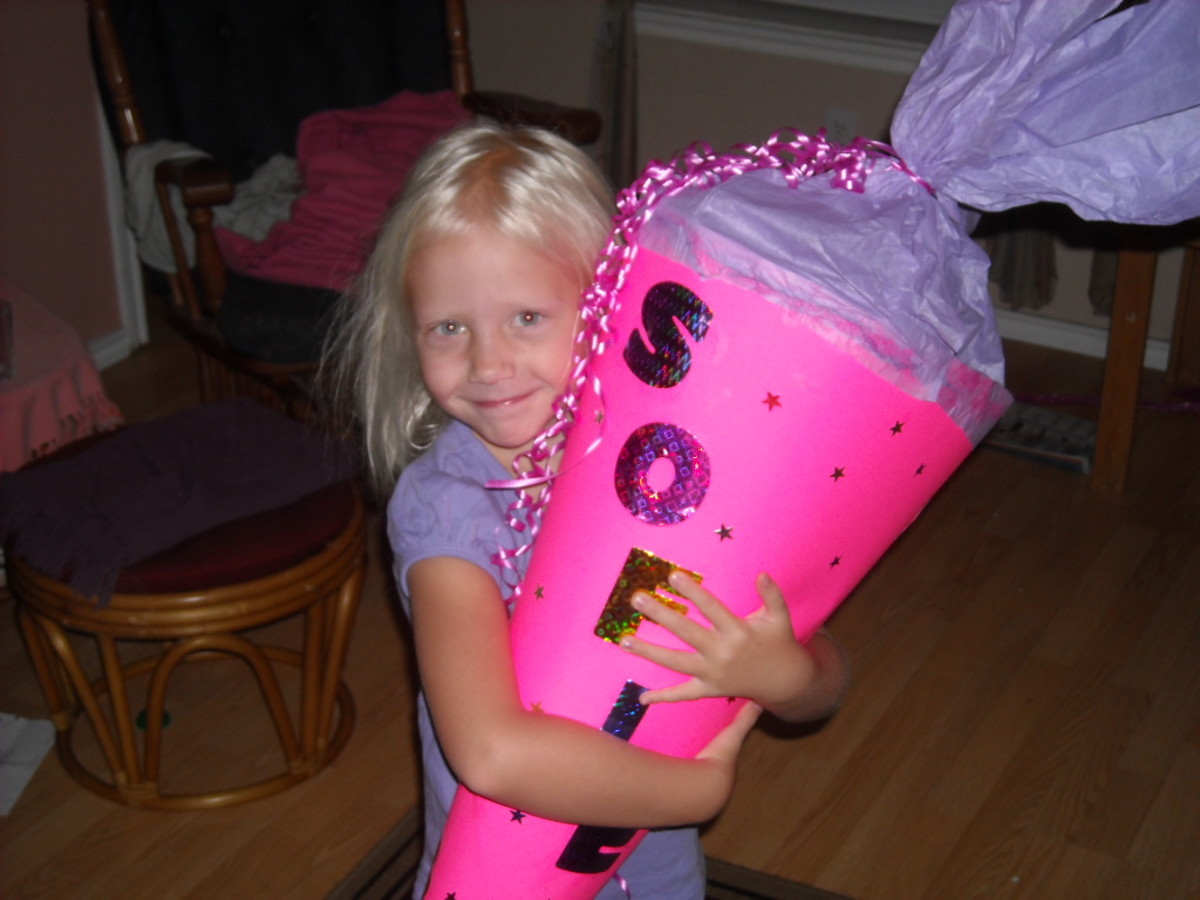Froebel and the Kidnergarten Movement
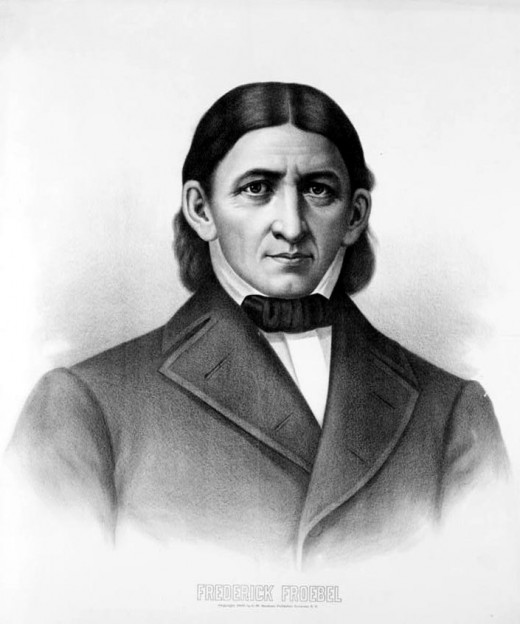
Friedrich Froebel was born in 1782 in Oberweissbach, Germany. His mother passed away when he was still an infant, and as a result, he was a profoundly unhappy child. Froebel developed a love and respect for nature, gardens and forests that continued throughout his lifetime. He possessed a natural interest in learning and read numerous books on a wide array of subjects. Each of these experiences inspired his future views of education and children. Froebel during his younger years, accepted a teaching position at the Frankfurt Model School. The Frankfurt Model School was founded on the teachings of Johann Heinrich Pestalozzi, a well-recognized educator of the day. His strategy incorporated the notion that children need to be active learners.
Froebel utilized his "hands-on learning" technique when he left the school to be a private tutor. The parents of the children he tutored provided Froebel a simple area of their property to use as a garden. The learning experiences with the children in the garden convinced Froebel that activity and direct observance were the ideal ways to educate. In 1837 Friedrich Froebel created his own school and called it "kindergarten," or the children's garden. Prior to Froebel's kindergarten, children under the age of 7 did not participate in school. It was considered that young children did not have the capability to focus or to develop cognitive and emotional capabilities prior to this age. Froebel described his method to education as "self-activity." This concept enables the child to follow his own interests and to openly discover them. The teacher's purpose, was to assist as opposed to lecture.
Froebel’s kindergarten applied free play, games, songs, stories, and crafts to encourage creativity along with developing motor skills. The kindergarten method was created to fulfill children’s requirements for physical activity, sensory recognition, creative expression, and the exploration of ideas and principles. His educational technique was for “self-activity,” the concept that encouraged the child to freely explore. Froebel designed toys for creative play that he labeled “gifts” and “occupations.” Gifts were items which were secured in form, such as blocks and balls. Children’s symbolic play with blocks offered a less unrestricted play experience than the complex, decorated toys that children typically played with. He imagined that the Gifts could show children to use their surroundings as an educational aid and that they would see the association between human life and life in nature. Occupations were items that children could shape and control freely utilizing their own imagination, such as clay, sand, beads, and rope. Froebel's educational approach is concerned with the child's total growth. It starts out with what a child can naturally do and utilizes this know-how as a starting point to improve the child physically and links it with the child's surroundings building it slowly over time. The child learns best by using their senses and through play.
Learning humanities in this playful method will ultimately result in a deeper comprehension of their world. "Realizing how the gifts were eventually misused by Kindergarten teachers who followed after Froebel, it is important to consider what Froebel expected the Gifts to achieve. He envisaged that the Gifts will teach the child to use his environment as an educational aid; secondly, that they will give the child an indication of the connection between human life and life in nature; and finally that they will create a bond between the adult and the child who play with them" (Liebschner, 2002, p.82) To support children in their development of shifting from one plane of educational progress to another, Froebel supplied the children with many challenging activities to encourage their creative abilities and skills. Froebel created a series of educational materials that he called "gifts and occupations", which displayed particular interactions and led children to creative exploration activities (Watson, 1997b). A gift was an object provided for a child to play with--such as a sphere, cube, or cylinder--which assisted the child to discover and internalize the principles of shape, dimension, size, and their relationships (Staff, 1998). The occupations were items such as paints and clay which the children could utilize to create whatever they desired; through the occupations, children externalized the concepts existing within their creative minds (Staff, 1998). Subsequently, through the child’s own self-activity and creative imaginative play, the child would start to comprehend both the inner and outer components of things.
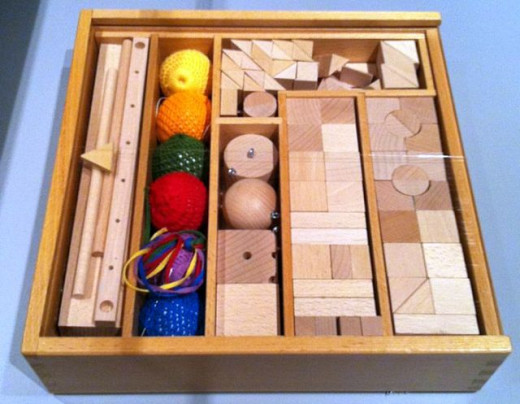
Froebel did not think that children should be put into society’s mold, but ought to be encouraged to shape their own mold and grow at their own pace through the developmental stages of the educational process. Corbett (1998) upholds Froebel’s principles that a child should never be rushed in their development; they ought to be involved in all of the experiences each stage involves and assisted to see the relationships of things and ideas to each other so that they can make sense out of both their subjective and objective worlds. Corbett further believes that development is constant, with one stage developing upon another, so that nothing should be lost through hurry or for any other reason as the child proceeds through the educational process. Responsible educators need to make an effort to acknowledge every child's unique level of development to ensure that vital materials and experiences stimulate suitable educational progress. Froebel's vision was to encourage an appreciation and love for children and to offer a unique yet small world--a world that grew to be known as the Kindergarten--where children could play with others their own age, and experience independence. Watson further adds that this early educational vision set the basis for the structure of Froebel's vision of education which is encompassed by four primary elements of free self-activity, creativity, social participation, and motor expression.
For Froebel, play assisted in children's process of socialization. By playing, children interact socially and mimic adult social and economic activities as they are slowly driven into the larger world of group life. The kindergarten supplied a surrounding that motivated children to connect with each other under the direction of a nurturing teacher. Most importantly, Froebel's Theory of education is one of freedom and creativity. Additionally, a child cannot be forced to learn, they need to be guided. Through play and self-discovery a child will learn when they are ready. Froebel's Theory combines the teacher, child, parents and the community. Froebel's system influenced and advised the work of Maria Montessori, Rudolf Steiner, and many others, who followed his concepts and used his materials in accordance to their own work. Before Friedrich Froebel, young children did not receive an education. Froebel was the first to acknowledge that substantial brain development takes place between birth and age 3. His approach brings together an awareness of human structure as well as the understanding that individuals, are innovative and creative beings. Once early childhood education came to be universally followed, it was the starting point for the many advancements that have followed.

